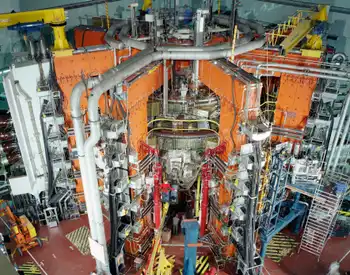Renewables to top gas as power source by 2015
By Reuters
CSA Z463 Electrical Maintenance
Our customized live online or in‑person group training can be delivered to your staff at your location.

- Live Online
- 6 hours Instructor-led
- Group Training Available
That was under a pessimistic forecast for a global climate response, not taking into account a possible hardening of action to penalize greenhouse gases and support low-carbon renewables — which would see even faster growth.
"Renewables-based electricity generation is expected to grow substantially over the coming decades, benefiting from high fossil-fuel prices, declining investment costs and government support," said the IEA's World Energy Outlook, the setpiece, annual report by the energy adviser to 28 rich countries.
Renewable energy would become mainstream, as the prices of rival gas and coal remained high while the cost of low-carbon alternatives declines as a result of technology advances and government financial backing.
One problem area was the reputation of biofuels, which compete with food crops for limited agricultural land, and some of which deliver limited greenhouse gas emissions cuts compared to conventional fossil fuels.
One of the fastest growing sectors would be offshore wind, its contribution growing more than 100-fold under current trends by 2030, even not allowing for an ambitious global deal to fight climate change.
But no climate deal would see long-term average global temperatures rise by up to 6 degrees Celsius, a disastrous outcome which implies more ambitious policy steps were likely.
The IEA analyzed two scenarios to limit global warming to 2 degrees and 3 degrees Celsius.
Under the more ambitious, 2 degrees outcome the IEA said renewable sources of energy would account for 40 percent of global electricity generation by 2030, compared to 23 percent in the reference case.
That change would come partly as a result of biting penalties of $180 per ton on carbon dioxide emissions, compared to about $23 now in the European Union's emissions trading scheme.
A technology revolution required to limit global warming to these safer levels would include rising deployment of carbon scrubbers on coal plants — called carbon capture and storage — as well as big inroads of electric cars.
A Greenpeace report published in October was a little more ambitious, saying that renewables could provide 30 percent of all the world's energy supplies by 2030, compared to 23 percent in the IEA report.
In the longer-term, the IEA warned that some factors could hold back the sector's growth. These include the lack of research and development until recently, the lack of investment in electricity networks, regulations discouraging distributed power systems and some energy companies' skepticism.











